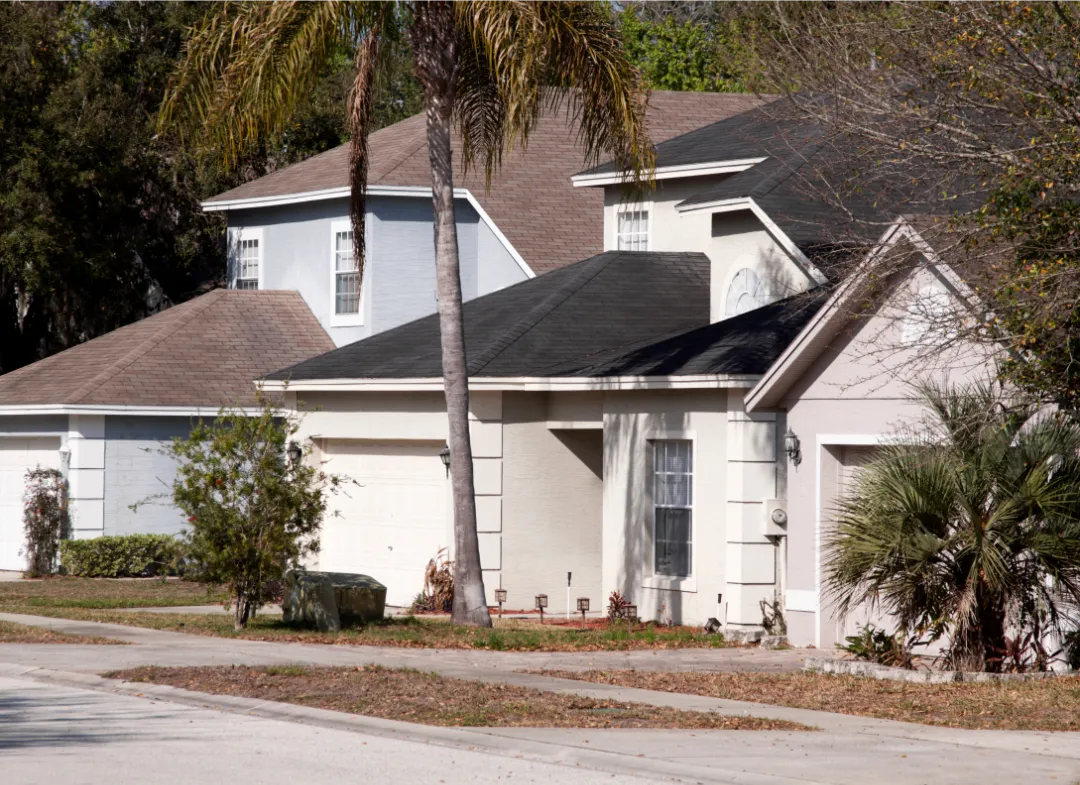Plant City, FL
(813) 590-7201
Mon-Sun: 7am - 7pm
Plant City Stucco Blog
Exploring the Versatility of Stucco Contracting

Stucco 101: A Comprehensive Guide to Understanding and Choosing Stucco
Ah, stucco. The illustrious world of exterior finishes that has captured the hearts and minds of homeowners everywhere. We, the knowledgeable purveyors of stucco wisdom, have gathered here to present to you a comprehensive guide that will unravel the mysteries of stucco and help you make the right choice for your home. From understanding the composition of stucco to exploring different finishes and factors to consider when choosing, we promise to leave no stucco stone unturned. So, brace yourselves, dear readers, for a journey into the captivating realm of stucco, where every wall tells a story and every choice matters.
What Is Stucco?
Stucco is a versatile and durable building material that is commonly used for exterior finishes on homes and buildings. Stucco application techniques vary depending on the surface being covered. When it comes to using stucco on different surfaces, there are both pros and cons to consider.
One of the pros of using stucco on different surfaces is its ability to create a seamless and uniform appearance. Stucco can be applied to various materials such as concrete, brick, or wood, providing a cohesive look. Additionally, stucco is highly durable and resistant to fire, making it an excellent choice for exterior finishes.
However, there are also some cons to using stucco on certain surfaces. For instance, stucco may not be suitable for areas with significant moisture exposure. It can crack and deteriorate over time if not properly maintained. Additionally, stucco application requires skilled labor and can be time-consuming, which may increase the overall cost of a project.
Understanding Stucco Composition
To gain a comprehensive understanding of stucco, it is essential to examine its composition. Stucco is typically made up of three main components: cement, sand, and water. The type of cement used can vary, with Portland cement being the most common choice. The sand used in stucco can range from fine to coarse, depending on the desired texture and finish. Water is added to the mixture to create a workable consistency.
Different stucco types may have additional components added to enhance certain characteristics. For example, synthetic stucco, also known as EIFS (Exterior Insulation and Finish System), includes a layer of foam insulation beneath the stucco surface. This additional layer helps to improve energy efficiency and provide added protection against moisture.
Proper stucco maintenance is crucial to ensure its longevity and durability. Regular inspections should be conducted to identify any cracks or damage that may occur over time. Small cracks can be repaired using a stucco patching compound, while larger cracks may require more extensive repairs. Additionally, it is important to keep the stucco clean and free from dirt and debris to prevent any potential damage.
Applying Stucco: Step-by-Step Guide
After understanding the composition of stucco, we can now move on to discussing the step-by-step process of applying it. Proper application techniques are crucial for achieving a durable and aesthetically pleasing stucco finish. Here is a comprehensive guide to help you through the process.
Surface Preparation: Start by cleaning the surface thoroughly and repairing any cracks or damage. Apply a bonding agent to ensure good adhesion.
Apply the Scratch Coat: Prepare the stucco mix according to the manufacturer's instructions. Apply a 3/8-inch thick scratch coat using a trowel, creating horizontal grooves for better adhesion.
Apply the Brown Coat: Once the scratch coat is dry, apply the brown coat. This layer should be about 3/8-inch thick as well. Use a trowel to smooth the surface, ensuring an even thickness.
Texture the Stucco: Before the brown coat dries completely, texture the stucco using a variety of techniques such as swirling, stippling, or sponge float.
Apply the Finish Coat: Once the brown coat is fully cured, apply the finish coat using the desired texture and color.
Stucco Maintenance: Regularly inspect your stucco for any signs of damage or wear. Repair any cracks or chips promptly to prevent moisture infiltration and further damage.
Exploring Different Stucco Finishes
There are various stucco finishes available for achieving different aesthetic effects on your surfaces. Let's explore some of the popular stucco finishes and discuss their pros and cons.
One popular stucco finish is the smooth finish, which creates a sleek and modern look. It is achieved by applying multiple coats of stucco and then smoothing it out with a trowel. The smooth finish is easy to clean and maintain, but it can show imperfections in the substrate more easily.
Another popular option is the rough finish, also known as the dash finish. This finish creates a textured and rustic appearance by adding small aggregates, such as pebbles or shells, to the stucco mix. The rough finish provides excellent durability and can hide surface imperfections, but it may be more challenging to clean.
For a more decorative and ornamental look, you can choose the lace finish. This finish involves applying stucco with a special sprayer or trowel that creates intricate patterns. The lace finish adds depth and visual interest to your surfaces, but it requires skilled craftsmanship and can be more expensive.
Factors to Consider When Choosing Stucco
When choosing stucco, it is important to consider several factors that will impact the final outcome and long-term performance of your surfaces. Two critical factors to keep in mind are stucco durability and stucco maintenance.
Stucco durability refers to the ability of the stucco to withstand various environmental conditions and maintain its structural integrity over time. Factors such as the type of stucco material, the thickness of the application, and the presence of reinforcing materials all contribute to the overall durability of the stucco. It is crucial to choose a stucco material that is known for its strength and resilience, ensuring that your surfaces can withstand the test of time.
Stucco maintenance is another factor that requires careful consideration. While stucco is generally a low-maintenance option, regular upkeep is still necessary to preserve its appearance and functionality. This includes periodic inspections for any cracks or damage, as well as cleaning and sealing to prevent moisture infiltration. By staying on top of maintenance tasks, you can prolong the lifespan of your stucco surfaces and avoid costly repairs in the future.
Conclusion
In conclusion, understanding stucco and its composition is essential when choosing the right stucco for your project. By following a step-by-step guide for applying stucco and exploring different finishes, you can achieve the desired look and durability. Factors such as climate, maintenance, and cost should also be considered when making your choice. With this comprehensive guide, you will be well-equipped to make an informed decision and achieve a beautiful and long-lasting stucco finish.
© Copyright 2025 Plant City Stucco. All Rights Reserved.
Terms & Conditions | Privacy Policy
Zip codes we serve: 33563,33564,33566,33587,33565,33527,33567,33811,33530,33815,33594,33583,33595,33584,33592,33510,33509,33508,33810,33596,33550,33863,33806,33804,33524,33802,33807,33803

